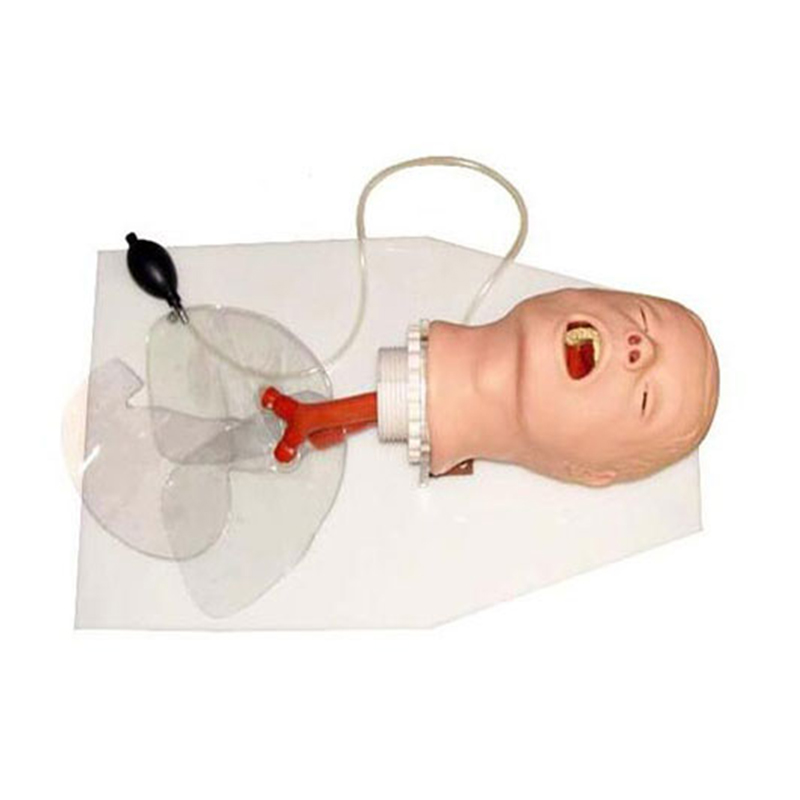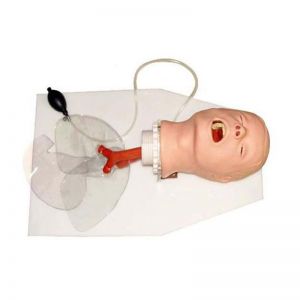Classical tracheal intubation training model plays a vital role in medical education and training, especially in simulating real intubation scenarios.
The classical tracheal intubation training model is usually designed based on the anatomy of real human body, including key parts such as trachea, esophagus, nasal cavity and mouth. These models can accurately simulate the physiological characteristics and anatomical details of the human body, so that students can feel the tactile and visual effects of real operation when performing intubation training. This highly restored anatomy provides students with a near-real training environment that helps them better understand and master intubation techniques.

The classical tracheal intubation training model not only has the basic intubation training function, but also can simulate a variety of complex intubation scenarios. For example, the model can simulate patients of different ages, different body types, and with specific pathological conditions (such as respiratory tract stenosis, laryngeal edema, etc.) to meet different training needs. In addition, some advanced models are equipped with advanced sensors and feedback systems, which are able to monitor the trainees' operation process in real time and provide immediate feedback and guidance. These diverse training scenarios and feedback mechanisms enable students to encounter various challenges in the simulation, thereby improving their resilience and practical operation level.
In a real-world medical setting, tracheal intubation is a high-risk procedure, and any mistake can cause serious harm to the patient. The classical tracheal intubation training model provides a safe and risk-free training platform for students. Students can practice on the model over and over again without fear of harm to real patients. This risk-free practice opportunity allows participants to focus more on learning and mastering intubation skills, thereby improving their operational accuracy and confidence.
Although the classical tracheal intubation training model tries to be close to the real intubation scene in terms of anatomy, training scene and feedback mechanism, it should be noted that it is still a simulation tool. In actual operation, the situation of patients may be more complex and changeable, requiring medical staff to have higher resilience and comprehensive quality. Therefore, while using the model for training, medical personnel also need to continuously accumulate clinical experience and improve their actual combat ability.
In summary, the classical tracheal intubation training model has significant advantages in simulating real intubation scenes, and can provide a safe, efficient and realistic training platform for medical personnel. However, it is important to note that it is still a simulation tool and cannot completely replace real experience. Therefore, in practical application, medical personnel need to combine their own clinical experience and model training results for comprehensive judgment and operation.

